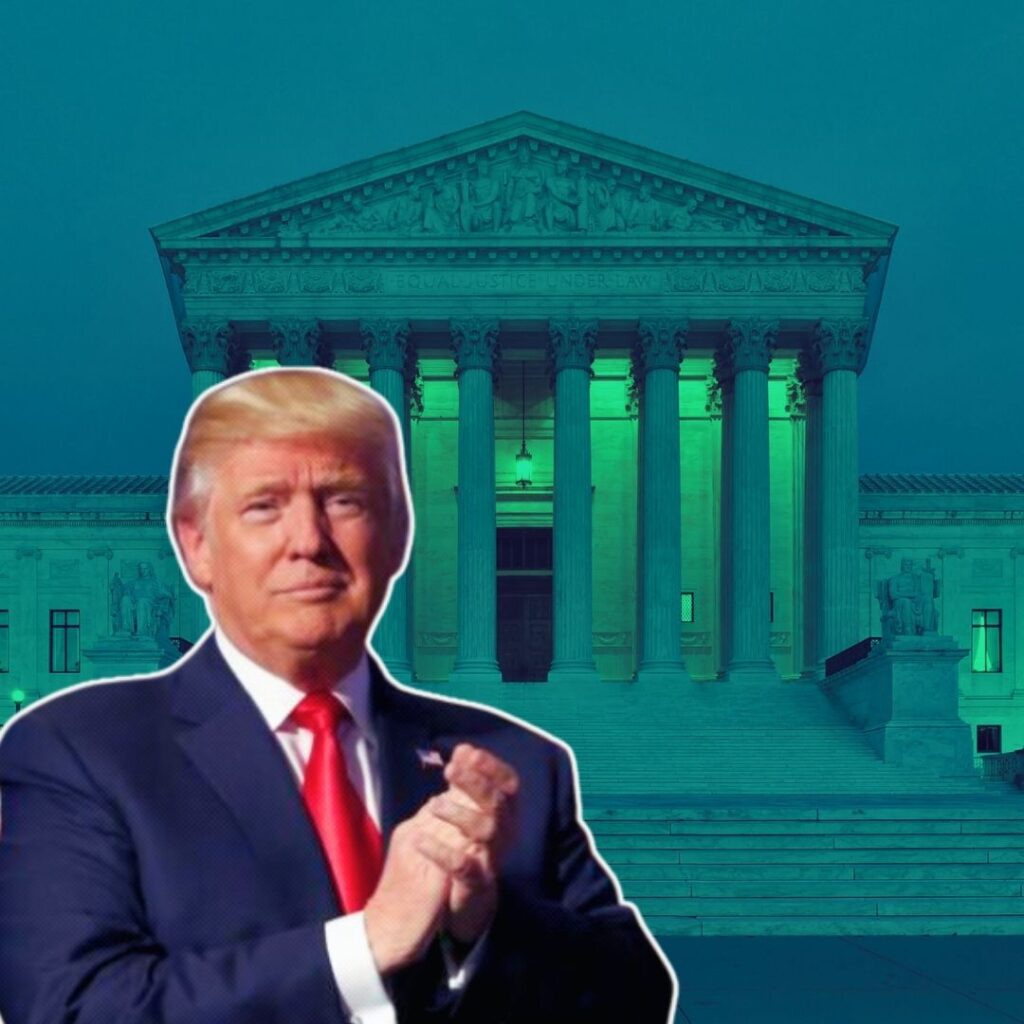“One of the most hauntingly pressing issues facing Japanese-Americans today is their concentration camp experience during World War II. Yet, the major group of survivors generally do not confront the implications of it within themselves or with their own children. In many respects [they] have been permanently altered in their attitudes, both positively and negatively, in regard to their identification with the values of their bicultural heritage; or they remain confused or even injured by the traumatic experience.”
– “Identity Crisis of the Sansei and the Concentration Camp”, Nobu Miyoshi.
Introduction
In the Second World War, the United States was at war with Imperial Japan, Nazi Germany, and Fascist Italy. During the course of the War, the United States interned Japanese-Americans, German-Americans, and Italian-Americans.
The treatment of Americans of German and Italian descent included vetting by government officials and detention of a few suspects.
With Americans of Japanese descent, however, the treatment was entirely different. Around 120,000 Japanese-Americans were held in 10 American concentration camps between 1942 and 1946. This was over fears that Japanese-Americans were enemy sympathisers, and fear that such sympathisers would turn spies and traitors in favour of Imperial Japan.
These camps were harsh and inhuman; following the end of the war, the Japanese-American families returned to find their properties seized and were forced to start anew.
While the American concentration camps were nowhere nearly as brutal as Nazi concentration camps (which included death camps), the internment of Japanese-Americans by the American government remains one of the darkest pages in American history.
Image Source: pinimg
The Second World War
The Second World War was the bloodiest conflict in world history.
It involved several theatres around the world. The two main ones were the Western European and the Asia-Pacific theatres.
In Western Europe, the Second World War was precipitated by the expansionist ventures of Nazi Germany, led by Adolf Hitler. Germany’s invasion of Poland in September 1939 led to the outbreak of war between Nazi Germany and the Allies – who, at the time, were led by France and the UK.
In the Asia-Pacific, similar expansionist overtures by Japan led to war in 1937 itself. The Japanese had already established a foothold in Manchuria (in northeastern China) and were marching swiftly – and bloodily – across China and the island-states of the Pacific.
Image Source: history
The attack on Pearl Harbour
There were many turning points in the War – the Battle of Stalingrad, the Normandy Invasion, Operation Barbarossa, the Battle of Midway to name a few.
The turning point important to the subject of this article was the Japanese attack on Pearl Harbour.
On 7 December 1941, the Japanese Navy Air Service launched a surprise attack on Pearl Harbour, which lies in Hawaii, a part of the United States. The attack led to the entry of the United States into the Second World War.
Three months later, the internment camps opened.
Image Source: echants
Roundups of Japanese-Americans begin
“We saw all these people behind the fence, looking out, hanging onto the wire, and looking out because they were anxious to know who was coming in. But I will never forget the shocking feeling that human beings were behind this fence like animals [crying]. And we were going to also lose our freedom and walk inside of that gate and find ourselves…cooped up there…when the gates were shut, we knew that we had lost something that was very precious; that we were no longer free.” – Mary Tsukamoto.
Within two days of the attack on Pearl Harbour, roundups of Japanese-Americans began. The announced purpose was to protect the West Coast.
In January 1942, a naval intelligence officer in Los Angeles reported that Japanese-Americans were being perceived as a threat almost entirely “because of the physical characteristics of the people … less than 3% of them might be inclined toward sabotage or spying … and the Navy and the FBI already knows who most of those individuals [are].”
The government’s response, however, was along the lines of the comment by John DeWitt, the Army general in command of the coast: “A Jap’s a Jap. They are a dangerous element, whether loyal or not.”
US President Franklin Roosevelt’s Executive Order 9066 gave way to the internment of Japanese-Americans. What followed was the full-scale, systematic relocation of all Americans of Japanese ancestry to concentration camps built in the United States.
Image Source: pinimg
It made no difference that many had never even been to Japan
“… the successful prosecution of the war requires every possible protection against espionage and against sabotage to national-defense material … therefore, by virtue of the authority vested in me as President of the United States, and Commander in Chief of the Army and Navy, I hereby auth…











